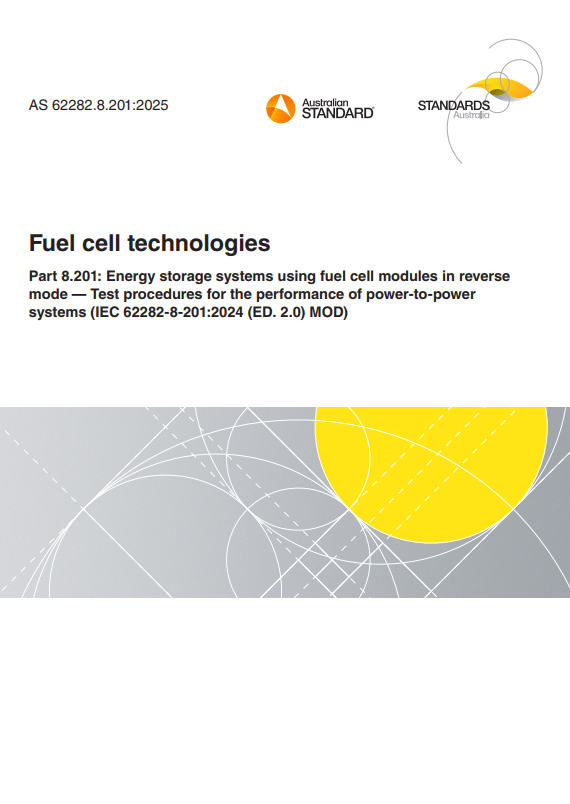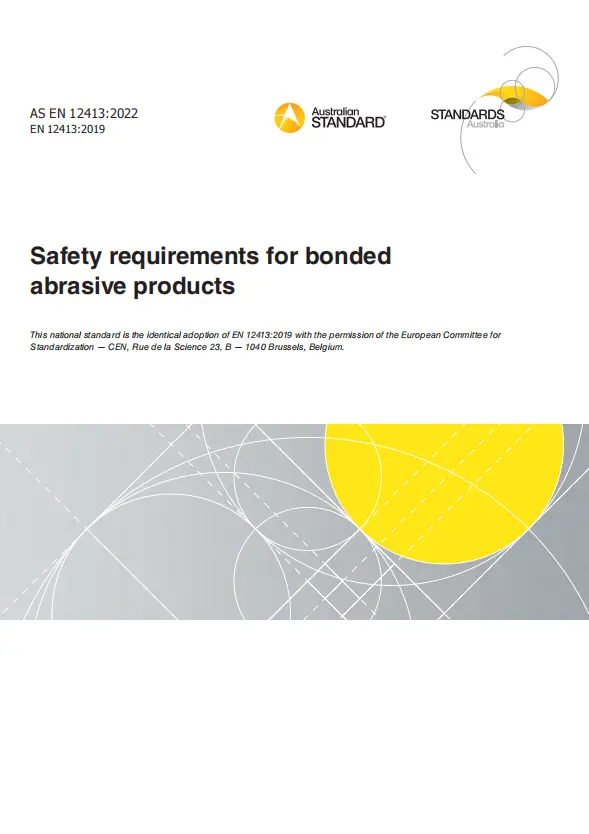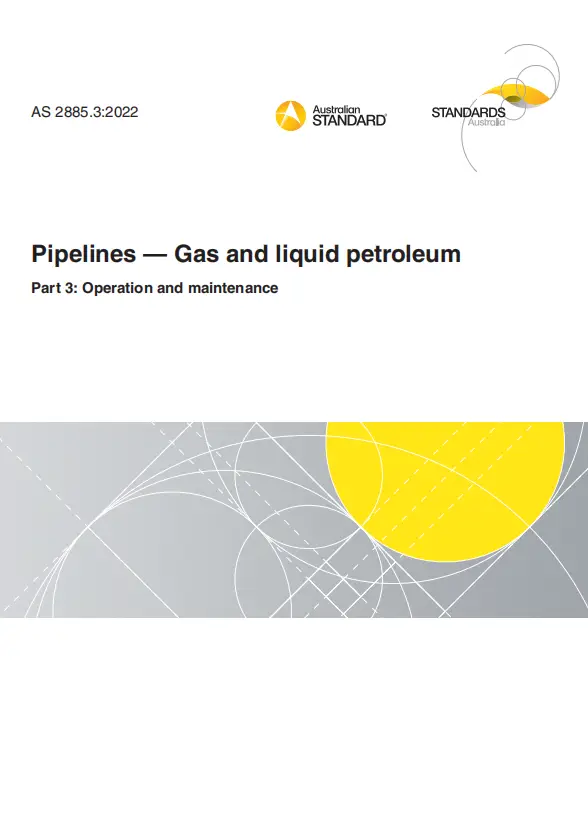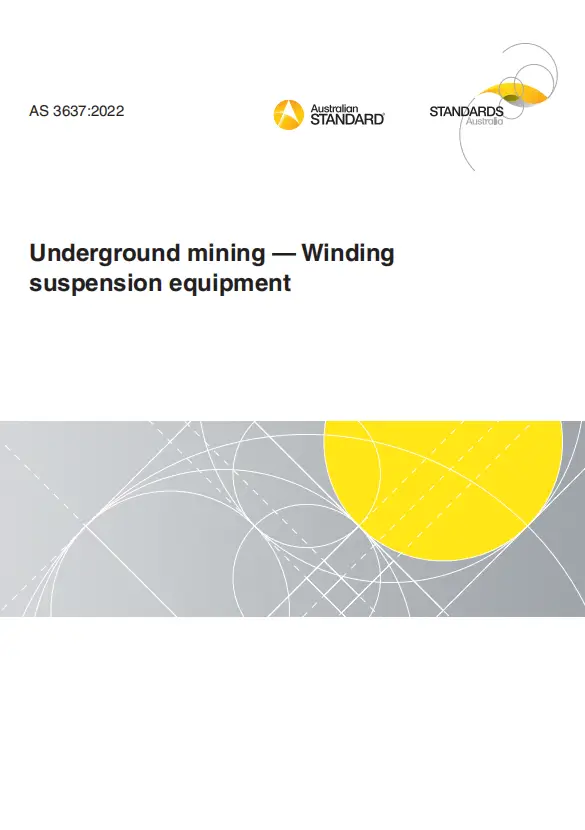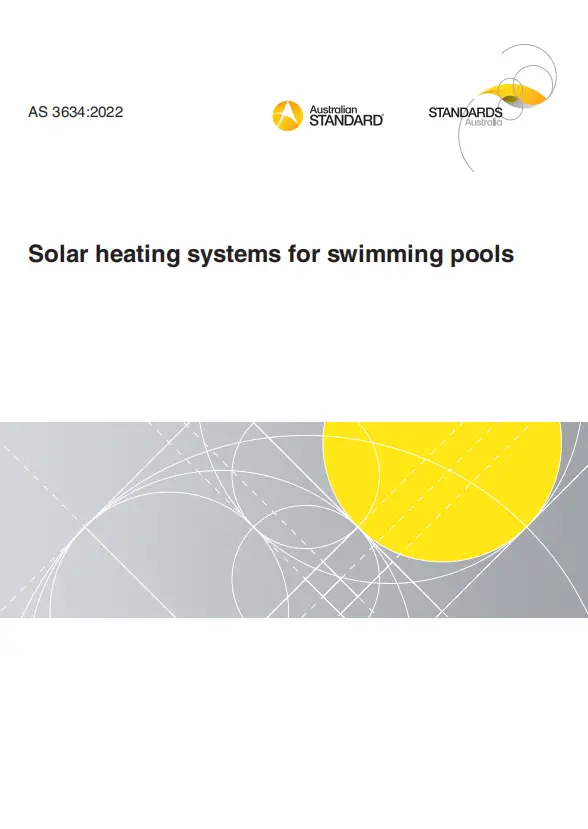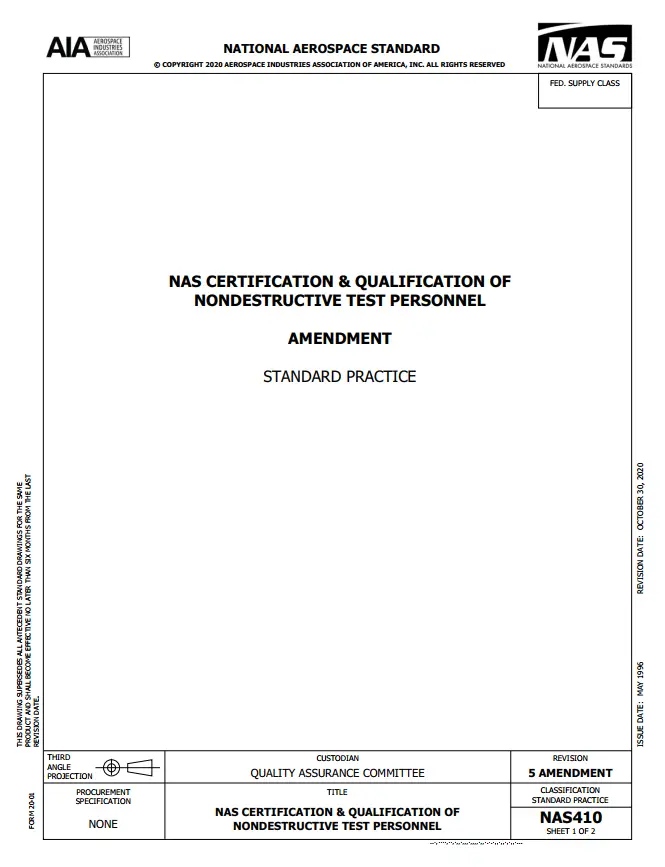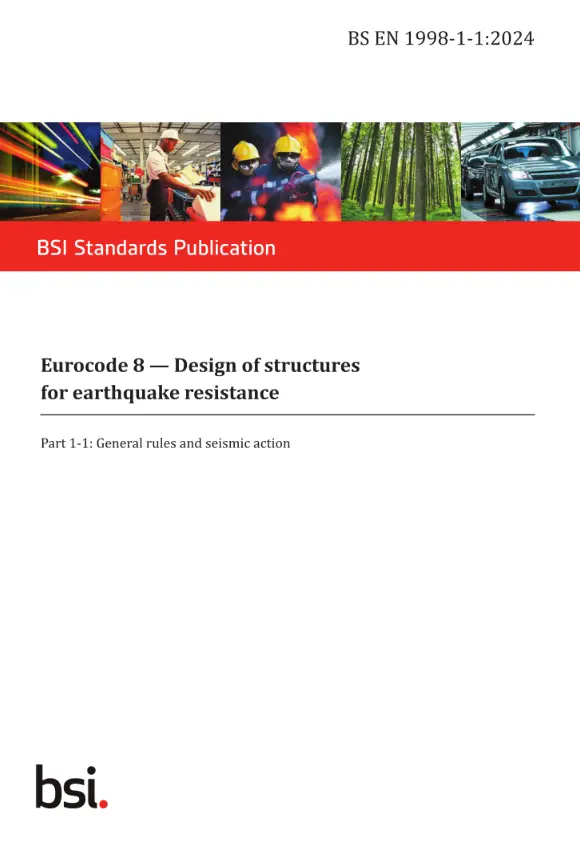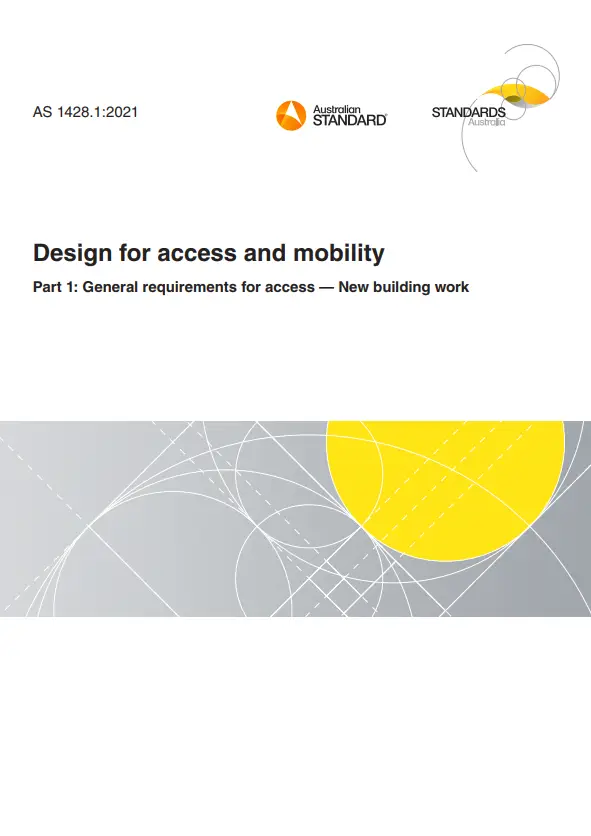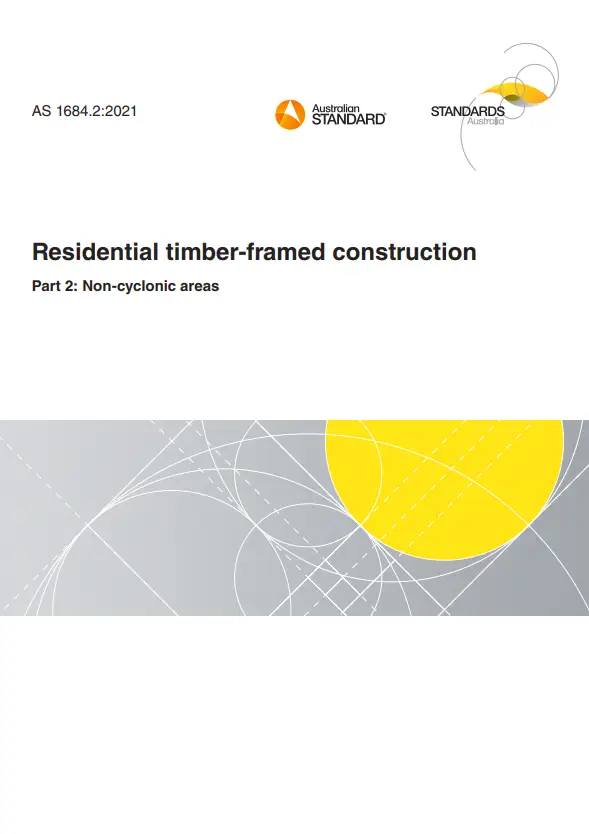AS 62282.8.201, 2025 – Fuel cell technologies, Part 8.201: Energy storage systems using fuel cell modules in reverse mode – Test procedures for the performance of power-to-power systems (IEC 62282-8-201:2024 (ED. 2.0) MOD)
AS 62282.8.201 of IEC 62282 defines the evaluation methods of typical performances for electric energy
storage systems using hydrogen. It is applicable to the systems that use electrochemical reaction
devices for both power charge and discharge. This document applies to systems that are designed and
used for service and operation in stationary locations (indoor and outdoor).
The conceptual configurations of the electric energy storage systems using hydrogen are shown in
Figure 1 and Figure 2.
Figure 1 shows the system independently equipped with an electrolyser module and a fuel cell module.
Figure 2 shows the system equipped with a reversible cell module.
Indispensable components are an electrolyser module and a fuel cell module, or a reversible cell
module, an overall management system (which includes a data interface and can include a pressure
management), a thermal management system (which can include a thermal storage), a water
management system (which can include a water storage) and a purge gas supply (inert gas, practically
neither oxidizing nor reducing).
NOTE 1 Indispensable components are indicated by bold lines in Figure 1 and Figure 2.
The system can be equipped with either a hydrogen storage or a connection to an external hydrogen
supply infrastructure or a combination of both. There can be a battery and an oxygen storage, as
optional components.
The electrolyser module can comprise one or more electrolysers whether or not of the same type.
Depending on the operating conditions and considering the operation history, the overall management
system can command the concurrent operation of the electrolysers. The fuel cell module can comprise
one or more fuel cells whether or not of the same type. Depending on the operating conditions and
considering the operation history, the overall management system can command concurrent operation
of the fuel cells. The reversible cell module can comprise one or more reversible cells whether or not of
the same type. The fuel cell module can comprise one or more fuel cells whether or not of the same type.
Depending on the operating conditions and considering the operation history, the overall management
system can command concurrent operation of the reversible cells.
The performance measurement is executed in the defined area surrounded by the bold outside solid
line (system boundary).
NOTE 2 In the context of this document, the term “reversible” does not refer to the thermodynamic meaning
of an ideal process. It is common practice in the fuel cell community to call the operation mode of a cell that
alternates between fuel cell mode and electrolysis mode “reversible”.
This document is intended to be used for data exchanges in commercial transactions between the
system manufacturer and customer. Users of this document can selectively execute test items suitable
for their purposes from those specified in this document.
General Product Information:
| Document Type | |
| ISBN |
9781761399954
|
| Pages | 32 |
| Document Language | English |
| Publisher | Standards Australia |
| Status | Current |

